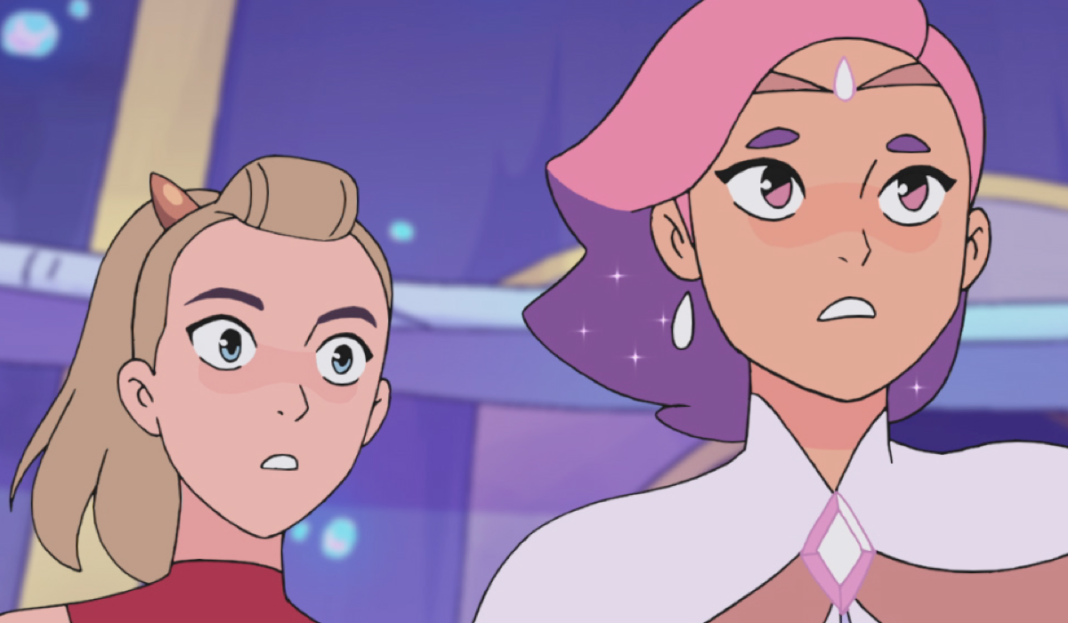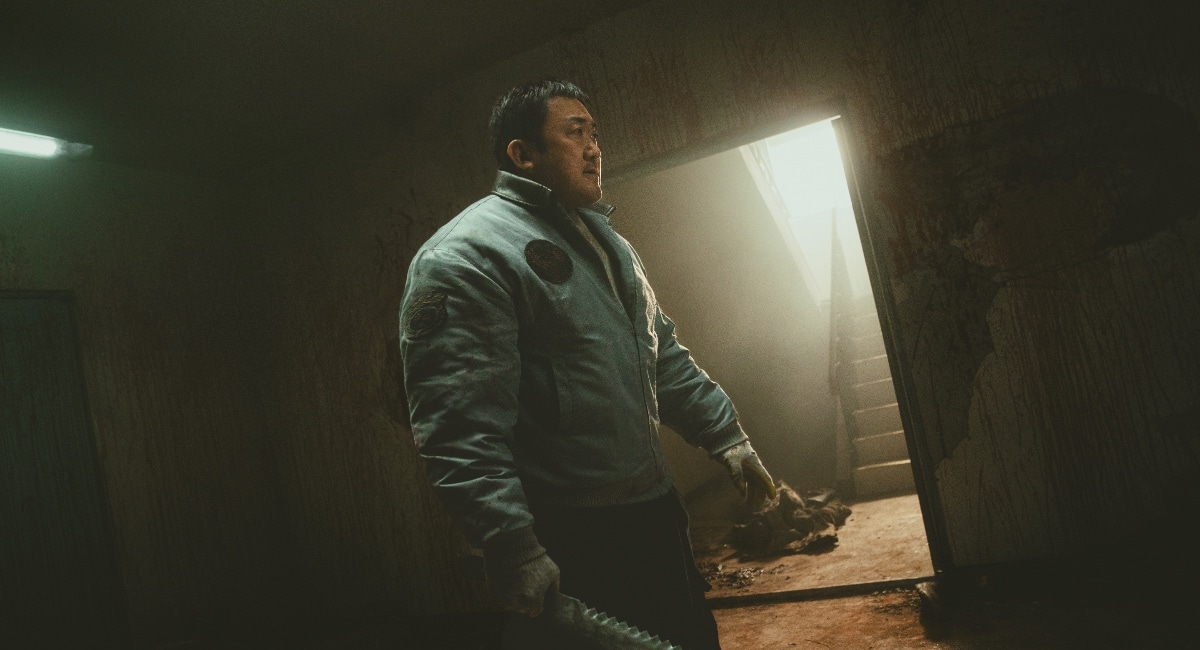Did you see season four of She-Ra and the Princesses of Power? If not, we’ll wait, because you definitely need to watch it before reading this interview! SPOILERS AHEAD!
If you have seen season four, you probably have some burning questions. Here at The Beat, we couldn’t wait to ask She-Ra and the Princesses of Power creator and showrunner Noelle Stevenson all about the fourth season of the irresistible Netflix series. We spoke with her over the phone about friendship, queer rep, and that mind-blowing twist!
AVERY KAPLAN: The revelations surrounding She-Ra and her sword completely upend our understanding of the show’s world. What’s it like engineering such a dramatic twist?
NOELLE STEVENSON: It was something that I had planned from the beginning. It was part of my original pitch. I think we set up this character She-Ra and what she means to the story and what she means to Adora and sort of expand on that what the nature of that character is – kind of a champion – who we think the good guys are and how much more complicated it can really be.
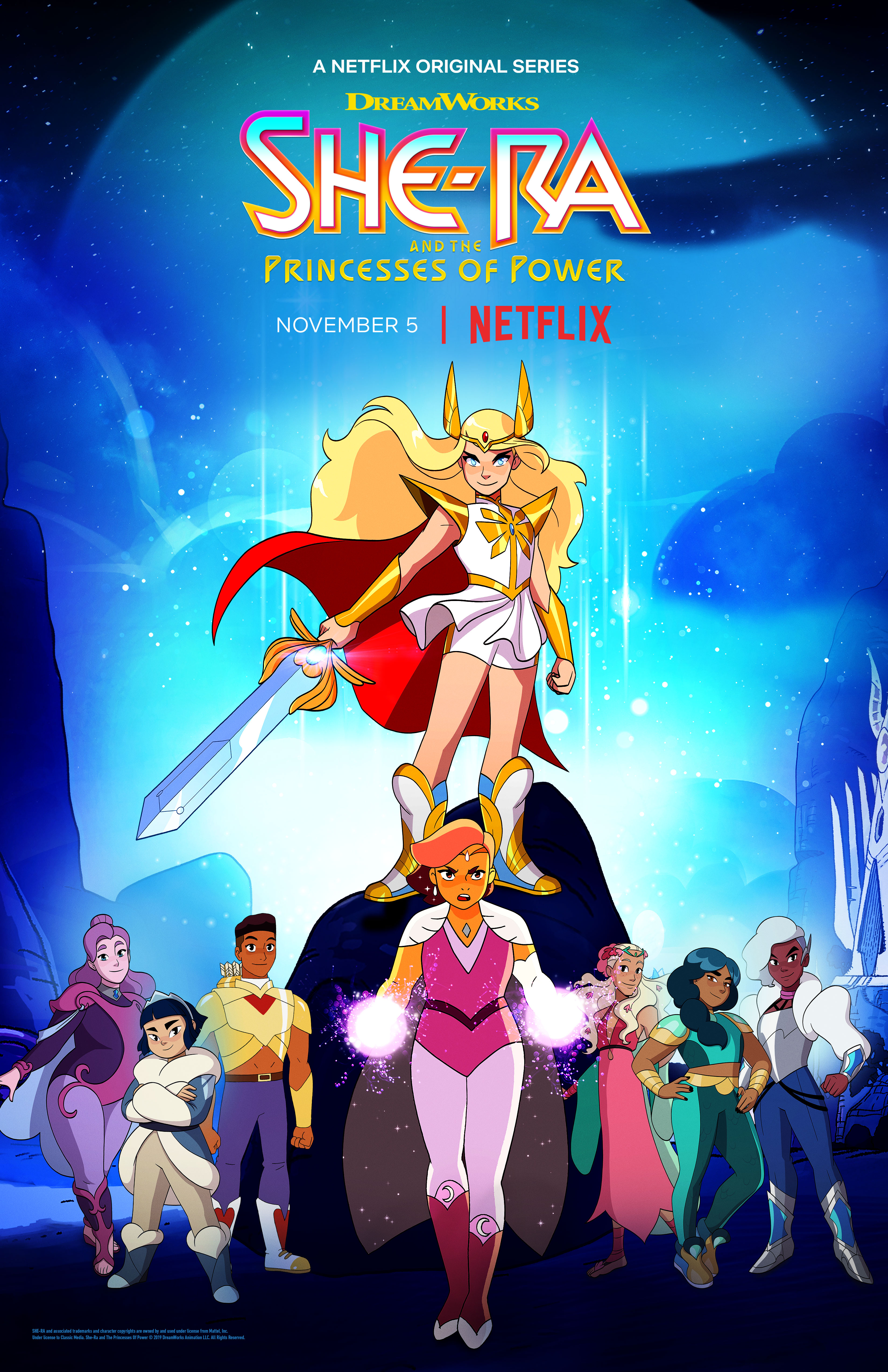
It was something that I had definitely always planned on, but to get to execute it, it is incredibly rewarding and I can’t wait for people to see how it throws a wrench into the story and into the character’s arcs. Because it does, it changes everything and sort of wipes the board clean again from status quos that the characters sort of shakily re-established this season.
KAPLAN: Glimmer has a noticeable character design update for the fourth season. Why was it important for her character in particular to have a design update?
STEVENSON: Glimmer was a character who read as the youngest in the first season, and that was her character arc, as well, was that she was this rebellious princess who was sort of infantilized by her own mother, by the other members of the Rebellion, nobody really took her seriously. And she was pushing so hard against her mom, and against these obstacles in a way, to establish herself as a genuinely independent and powerful person.
And suddenly to kind of give her what she wanted, but in a way that was unexpected and that she doesn’t want, to suddenly lose her mother and now to have the power and the respect that she wanted but in this way that she’s not ready for at all… That is kind of the arc of this whole season. In so many ways at the start of the season, she’s trying to fill her mother’s shoes, she’s trying to fit into this mold, that in a lot of ways it’s kind of uncomfortable for her. She doesn’t really fit.
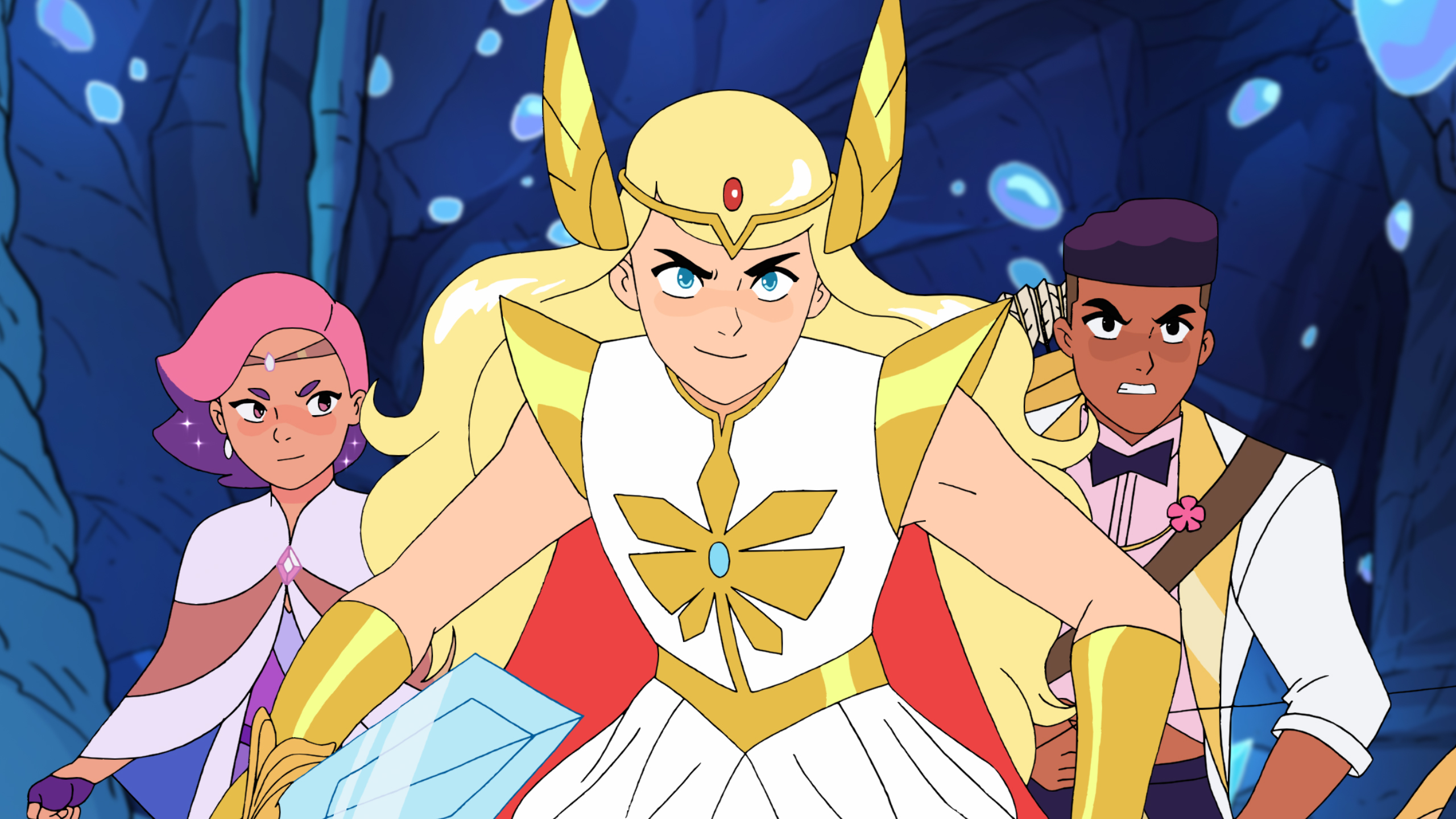
So her costume is designed to be very reminiscent of her mother’s costume, she’s trying to be the queen that she thinks she needs to be by modeling herself on her mother as much as possible. But then she also has these little details that are very her. She looks a lot older, she has more authority in the way she carries herself and the way that she’s dressed, so it’s a little bit of a shock to the viewer, the same way it was to her to suddenly be in this new role of authority.
KAPLAN: Season four expands the lore dramatically. Were there any specific works of fantasy that were influential in developing the world of She-Ra?
STEVENSON: This season I think the thing that was really influential was that a lot of the members of the crew went to see Annihilation this season… that was sort of about when it came out. So the sort of organic horror of the natural world becoming weaponized to become somewhat deadly, in a beautiful way, like… twisting the magic of Etheria to become horrifying. We got a lot of inspiration from that, so, I think that there are episodes where we used the Annihilation soundtrack as temp in the animatics. It’s really cool to see how that influenced so much of the show, because it is a horror movie, and this is a season of children’s television but… that was one thing that was really influential this season.
KAPLAN: So much of She-Ra is driven by conflict in friendships, particularly through Adora and Catra, and in season four, through Adora and Glimmer. Why is it important for the show to foreground these relationships?
STEVENSON: For me it was important because I think in a lot of media aimed at girls, because we want the characters to be empowering, the characters can become more about ideal outcome instead of the struggle is sometimes required to fulfill those things. Those are both legitimate forms of storytelling, but in this version, I wanted to pay a little bit more attention to the struggle and the hardship that can come with leadership, the price that you pay for holding power.
I wanted there to be problems that weren’t so easily solved, I wanted there to be conflicts that weren’t so easily resolved, even friendship, which – in our show, and in lots of other media aimed at girls – friendship is everything, and I think that that’s true in real life. Friendship is also very hard. It is hard to get good friends. When you fight with a friend, it’s hard to know how to resolve it.
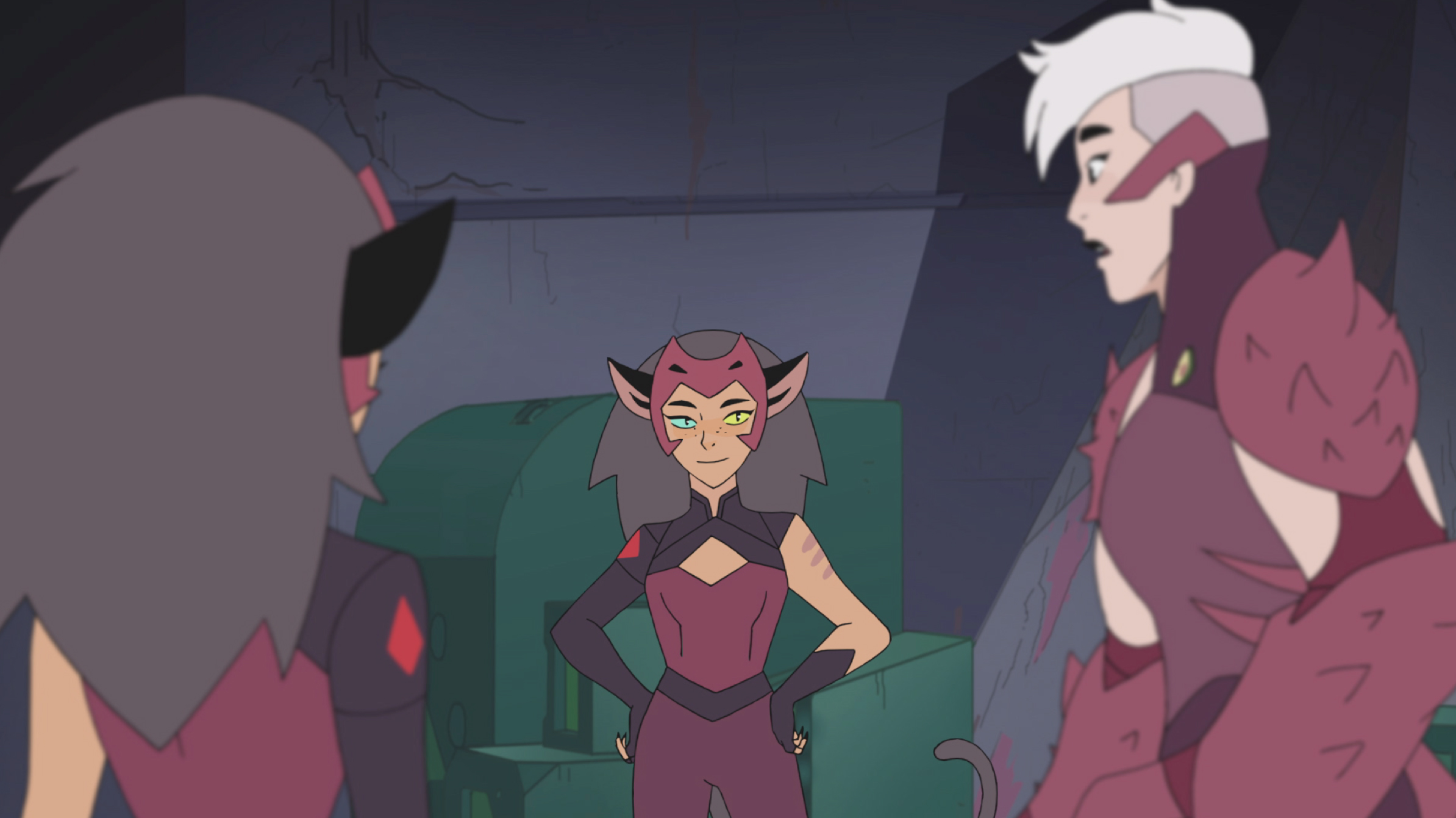
When you grow up with someone and your paths go in different directions, as we’ve seen with both Adora and Catra and now with Glimmer and Bow… How do you resolve that when it’s someone that you know everything about and yet you’re not going in the same direction? Because these are things that I think affect us in real life all the time. Even really young kids have had this experience where they’re like, “I had my best friend and suddenly, we just don’t have that much in common anymore. And we’re not as close as we used to be and we’re in a fight and I’m upset about that.”
I don’t see those stories in media for girls as much as I want to see it, and so that was why I really wanted to focus on this season. Friendship really is this incredible superpower, but it isn’t easy, and it takes work and it takes trial and error to learn how to be a good friend and try to repair friendships when that is broken.
AVERY: Of course you can’t spoil anything, but do you think there’s a chance for all these friendships to be mended, even across enemy lines?
STEVENSON: I think that’s the question! That’s the question going into the next season because they have had really big breaks with each other. Glimmer is as far away from Bow and Adora at this point as she can be, and so is Catra, is as far away from all of the friends that she has pushed away and distanced herself from – now she has no one. And Glimmer and Bow at the same time, they’re sort of not sure what to do next.
On the other hand, Scorpia has found a new core group with a group of people she never expected to fit in with so I think it really leaves us in an interesting position for the next couple of episodes because it’s like, “What is there next move now?” Obviously they all still really care about each other… how is that going to come out? How are they going to feel with the complete upset of power that is Horde Prime’s arrival? And I can’t spill too much about the next chunk of episodes but I can say that I’m really, really excited for everyone to see the direction we take these characters because some of my favorite episodes are coming up.
KAPLAN: We learn in season four that Mermista is a fan of murder mystery novels. Are any of the other characters super-into a certain genre of book?
STEVENSON: I think we get that Bow is really into pirates, he loves the genre of pirates. I don’t know how much Adora or other members of the Horde (or former members of the Horde) had access to, like, media or books or music or anything like that. But I think it’s safe to say that Scorpia is a big fan of music so that might come out at some point in the future.
KAPLAN: In season four we’re introduced to Double Trouble, who is non-binary. Is there any particular example of representation in She-Ra that you are especially proud of?
STEVENSON: When it comes to representation I always want to show stories from the point of view of characters who haven’t traditionally been represented in those roles. My goal is always for it to feel very organic so that young people watching, families watching, people who maybe don’t know any non-binary or queer people in real life… for it to feel like something that is very natural, that these are people who are fully human, fully fleshed out, their point of view is fully explored.
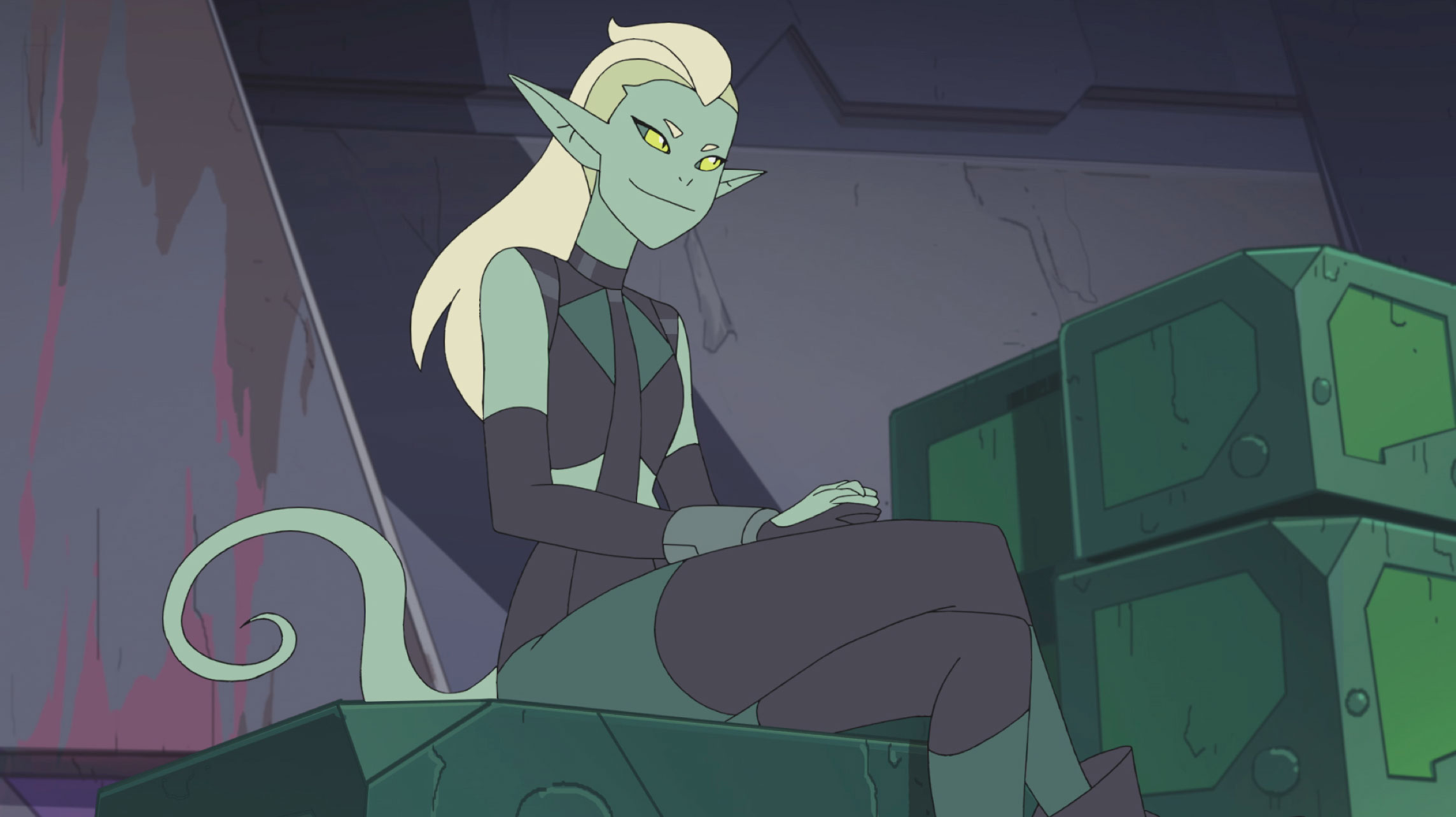
I think that’s the goal with the show, just in general, is to show as many different viewpoints as possible and hopefully that all of this feels like a perfectly organic part of the world. So I think in general all of these storylines that are queer in nature or that feature queer characters, including upcoming story arcs and characters, that those are just things that… for people who are questioning, they maybe make things a little clearer. For people who maybe are not as well-versed in those issues, they realize they have more in common with people they might know in real life, people they may meet, that these things aren’t scary, they’re not strange or unusual but they’re another way to experience the world. And that’s always my goal, in everything I make, to show that as being a natural and normal and beautiful part of the world.
She-Ra and the Princesses of Power season four is currently available for streaming on Netflix. To keep up with announcements about the show, follow @DreamWorksSheRa on Twitter. You can also follow Noelle Stevenson @gingerhazing.


